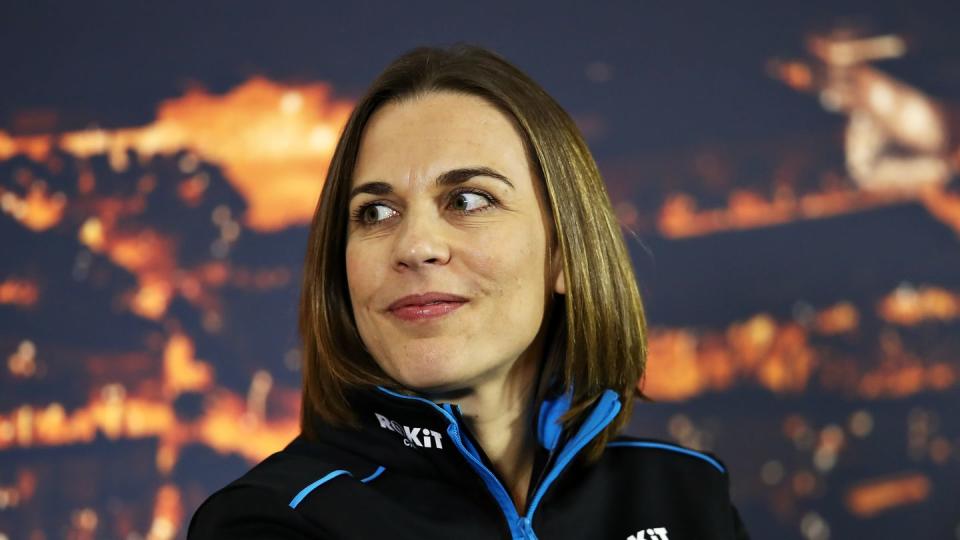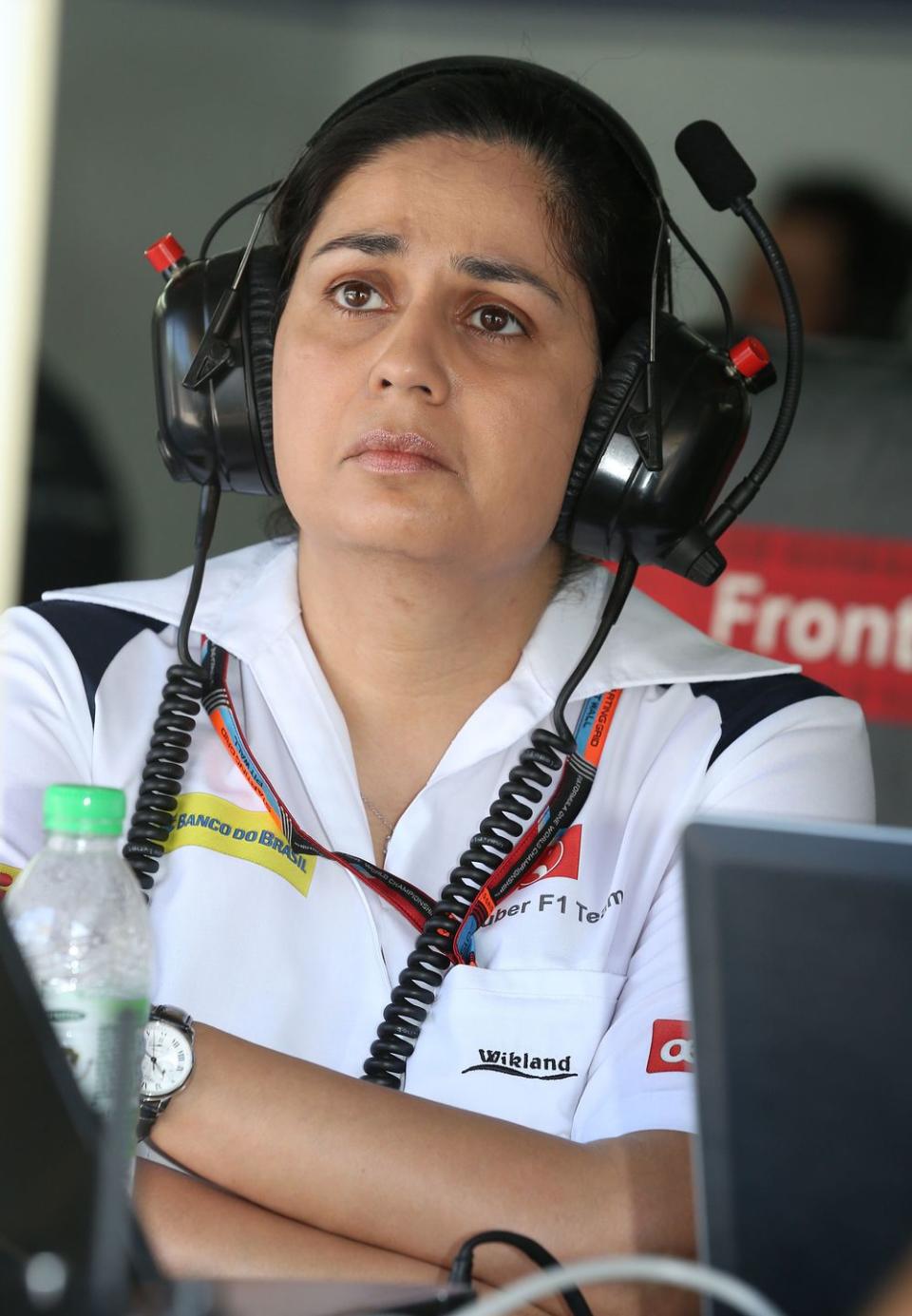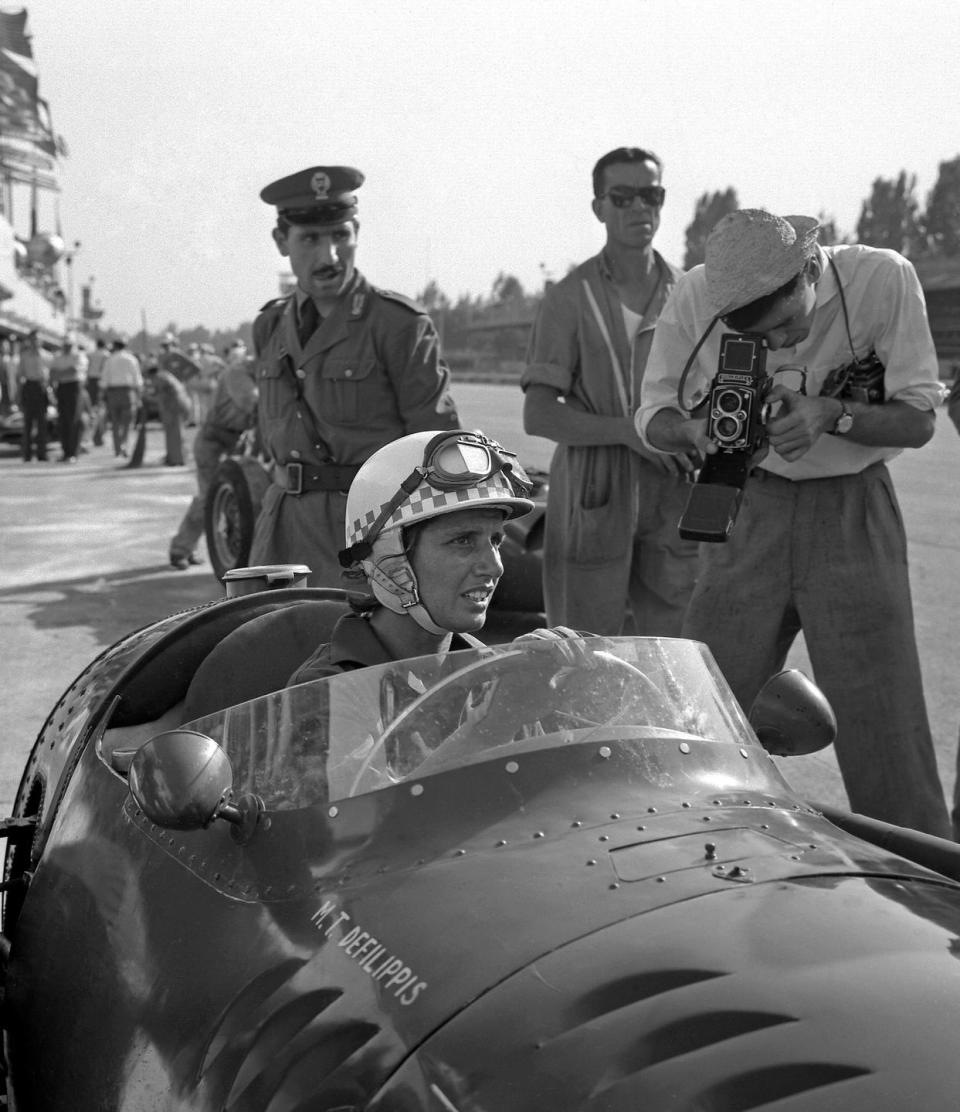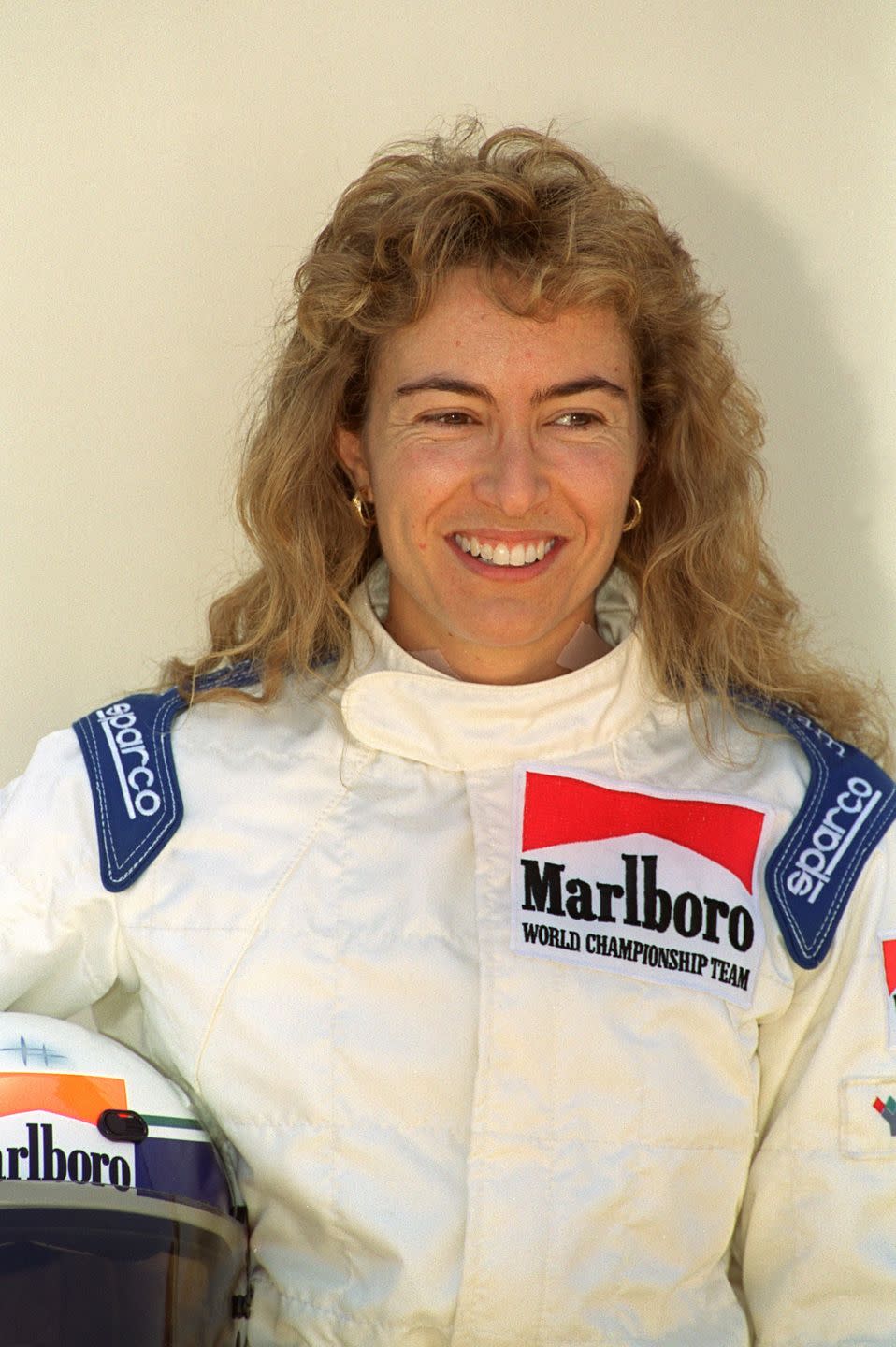Formula 1 Still Waiting for Next Woman to Conquer the Road to the F1 Grid

This week, Beth Paretta announced an Indianapolis 500 effort with driver Simona de Silvestro, leaving some to wonder, 'when will a woman return to the Formula 1 grid'?
Lella Lombardi, pictured above, is the last woman to race in Formula 1, and her last race in the series came in 1976.
Efforts including the W Series and the now 10-year-old FIA Women & Motor Sport Commission breeds hope that a woman will soon be back on the F1 grid.
The news that Simona de Silvestro will be racing for a female-led team at the Indianapolis 500 is big news in the United States, but it has led to some asking why there are no women racing in Formula 1.
People say that there must be something wrong with Formula 1 because there are no women on the grid or even in high-profile leadership positions. And these days, of course, no one dares to say that this might be because there has been something wrong with all the women who have tried. So what is the truth?
Are women not good enough for F1?
The FIA set up a Women & Motor Sport Commission 10 years ago—that’s right, it’s been 10 years since efforts began to increase female involvement in the sport. Those who know F1 well will tell you that F1 is not sexist. It does not matter your background. If you can do a better job than the best you will be given the respect you deserve. It is a high-speed meritocracy and there are a lot more women in the sport than one might think, although they are generally in the background, working as lawyers, accountants, marketers and organizers.

In the last 10 years, there have been two female team principals. Well, that’s not actually true because although Claire Williams ran the Williams Formula 1 team and did everything that a team principal would do, she was always only given the title of deputy team principal. That was not a sexist thing, but rather in respect of her father and team founder Sir Frank, who was still team principal in title, although he ceased active involvement when Claire took over. She stayed from 2013 to 2020. The team flattered briefly with Mercedes engines but then faded away.
Monisha Kaltenborn was the other, running Sauber from 2010-2017. She did this very well, but in the end a new owner wanted to change things. She departed. The new team boss has not done any better.

“With the team I have never had any situation when I felt I was not being treated with respect, because I am a woman,” Kaltenborn said at the time. “Even with the other teams, there were no real problems. There was someone early on who thought I was Peter Sauber’s translator, but he was from a different generation and in that generation they did not understand it as much they do now. I do know, though, that he felt really bad about it afterwards, when he found out what I did.”
There are and have been for many years a lot of women involved in all aspects of the sport—except the driving. Bernie Ecclestione was famous for surrounding himself with female lawyers, and the new owners Liberty Media had added others in important positions. There are a lot more woman engineers and mechanics than there used to be, but still no drivers.
But a look back through the history of the sport shows that women cannot be discounted. Elizabeth Junek took on the men and led the Targa Florio in 1928, ahead of such names as Louis Chiron, Giuseppe Campari and Alberto Divo. In the end, mechanical trouble dropped her to fifth, but she had the men covered that day. Sadly, she quit the sport a few weeks after that race when her husband was killed racing.

Since the F1 World Championship began in 1950, only two women have qualified for Grands Prix. Maria Teresa de Filippis, who raced Maseratis in 1958 and 1959, was never truly on the pace, but she blazed the trail for those followed. Lella Lombardi competed in 12 F1 World Championship races between 1974 and 1976 in various different teams. She finished sixth in the accident-shortened Spanish GP in 1975, scoring half a point in the World Championship.
One can argue that Desirée Wilson, who took part in the South African GP in 1981—for all intents and purposes a World Championship F1 race—was more competitive, but she is never counted as having raced in a championship event because the race was excluded from the World Championship by the FIA. It was at the height of the FISA-FOCA War—a political fight over commercial control of the sport.

Wilson is the only woman to have won an F1 race, beating a decent field three times in the British F1 Championship (a Formula series in the U.K.) in 1980. Since then, only two others have ever tried to qualify: Britain’s Divina Galica and Italy’s Giovanna Amati. Both were talented, but failed to qualify for Grands Prix because they were saddled with cars that were simply not competitive. Amati tried to qualify for three races in 1992, but failed in all attempts in a Brabham. Her replacement, F1 world champion Damon Hill, also failed to qualify the car in six of the eight races he entered with the team.
So, it is true that it has been 29 years since the last woman tried to race in F1. There have been others who have done tests and practice sessions, but the last to participate in an F1 race weekend—doing Friday free practice —was Susie Wolff at the 2015 British Grand Prix. Nearly six years ago.
There are many initiatives going on, notably the W Series—the championship for female race drivers—and Ferrari’s ongoing search for a young woman to join its Academy, but will these make a difference? Jamie Chadwick turned a W Series championship into a reserve role with Williams, but even she admits she's not ready for F1.
A driver needs sponsorship to climb the ladder—and it is the same problem for men and women. In some respects, it is a similar problem to countries wanting to have F1 stars. We would all love to see an Asian driver winning races, but we still have not seen it happen. Why? Because the right person has yet to come along and get the breaks needed.
So it is not about sex, nor even talent or money, it is about having everything right – and getting the chances.

 Yahoo Autos
Yahoo Autos 